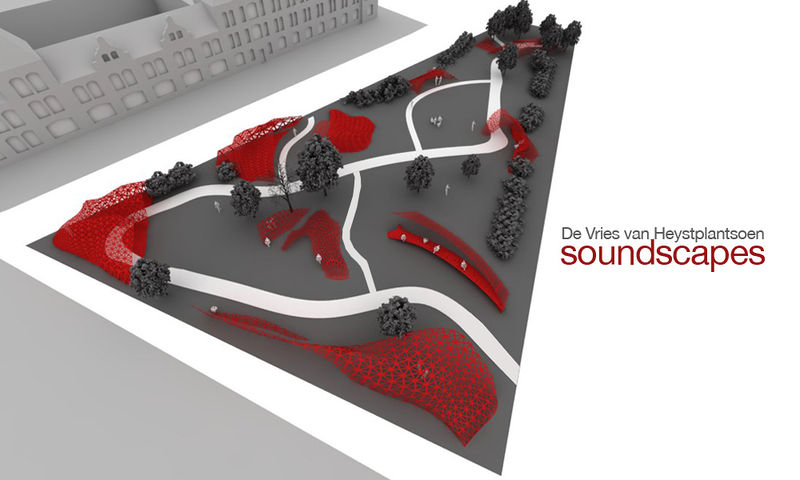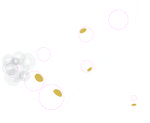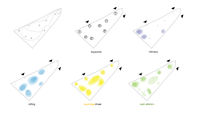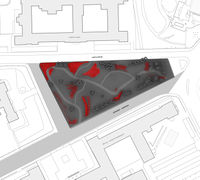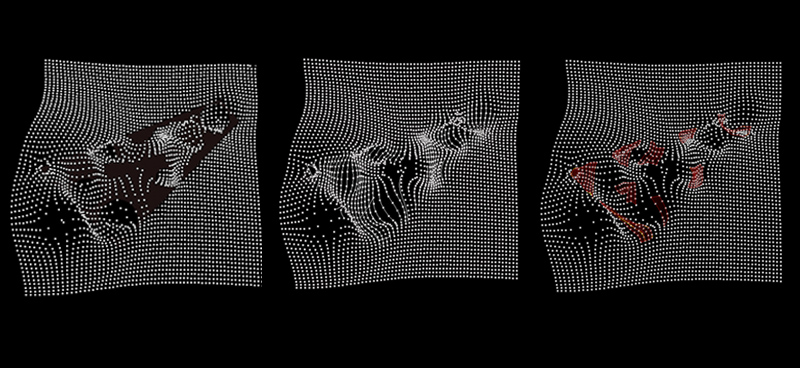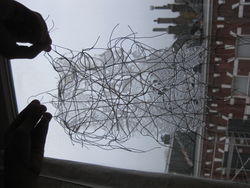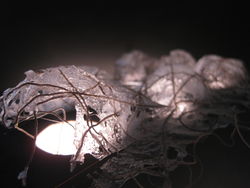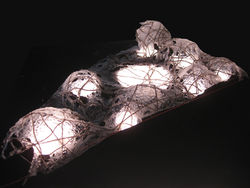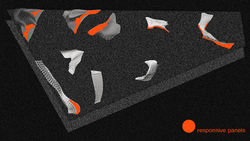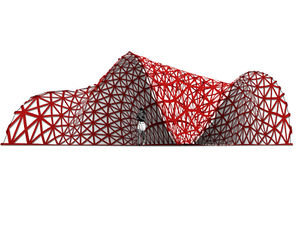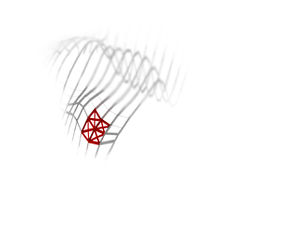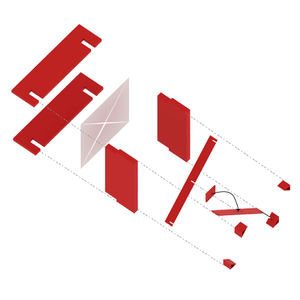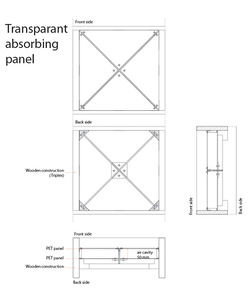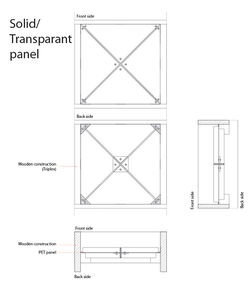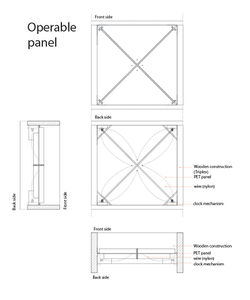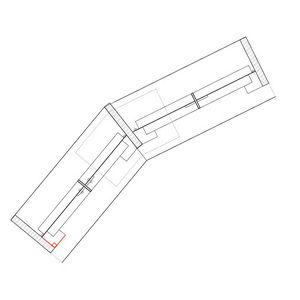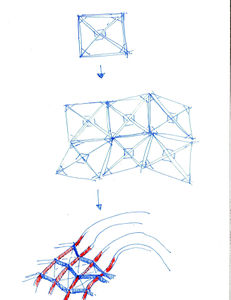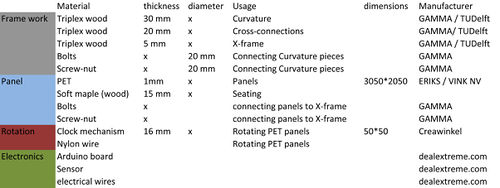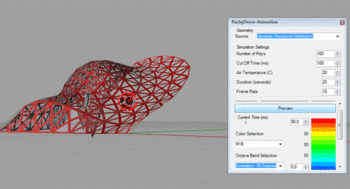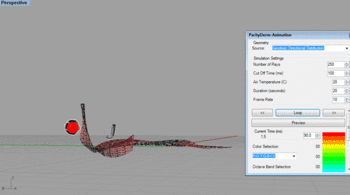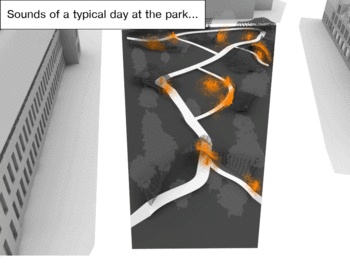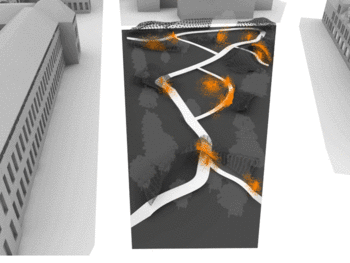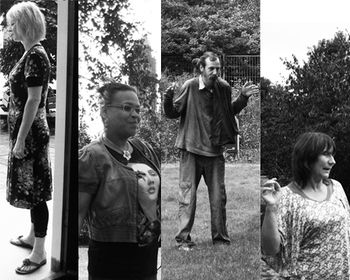project D:Home
Contents |
sounds of the urban park
volume ON
"Experience is the crystallization in a field of raw sensations - aromas, colours, textures, fears; which are held together by habit. Habit is a non-linguistic repetition of ideas in everyday life." - Manuel De Landa
The user's meaning of a park includes fixed ideas such as green, open, tweeting, serenity, intimacy,companionship etc; these create a specific definition of a park. Every time the word park arises, these exact memories are recalled; but what is missing in the user's association for the De Vries van Heystplantsoen -an urban site- is the idea of a car,in both vision and sound. Because the noise of traffic is foreign to their basic meaning of park, they are disturbed by the actual reality.
The project's intention is to include the car and external sources into the user's combination of ideas of an urban park. Since the main contradiction is due to sound, the project will revert the negative perception of noise into a positive aspect of an urban park, furthermore add the idea of traffic into the habit of urban park.
soundscapes
A soundscape is a sound or combination of sounds that creates an immersive environment - confrontation of sound sources. The idea of soundscape refers to both the natural acoustic environment, consisting of natural sounds, including the sounds of weather and other natural elements; and environmental sounds created by humans activities including conversation, play,etc and sounds of mechanical origin resulting from use of industrial technology.
De Vries van Heystplantsoen soundscapes consists of 8 areas, originally developed as atom 3. These areas are characterized by different spatial and acoustic qualities, activated by all present sound sources on site, mainly traffic and users. The visitor can experience the contrast between areas by following a main path across the site, and by understanding the acoustical qualities of each space, it is possible to perform different activities throughout the park.
Because the site is an urban location, and a link between campus buildings, secondary connections have been placed to disrupt the main path and connect BK city and science center more effectively, furthermore this adds variety to possible space sequences.
design process
Skin
A field of attractors and repellers is used to find the principle of forming the space. The former attracts the points from the grid to create surfaces, whereas the latter repells them to create open areas. The connections of the neighbouring points are curves to be used for the framework of the acoustic panels, the materials chosen have different acoustic qualities to be adapted to each one of the 8 areas.
A study of a glue model reveals the behaviour of a wrapping on the framework; by fitting panels, the framework allows the geometry to affect the sound conditions - as seen on the extreme condition chambers- and the panels to intensify the effect.
Paneling and Prototype
The structure is created out of curves which are constructed by means of wood. The wooden curves are cross-connected by other wooden members. The panels are attached to the framework. Every panel will evolve out of 1 principle (fig: panel), this principle has to be adjusted acording to the curvature of the structure.
Due to the variable conditions in sound direction (wind and plantation density), some of the skin panels of temporary areas rotate in order to adapt and optimize the effect for each area. The rotation is going to be done by means of a clock mechanism which winds up. When the mechanism winds up the panel will be opened. The idea is to connect this clock mechanism to a sensor, which is programmed by means of an Arduino board. When the sensor perceives movement of the sound source the panels are going to be opened in order to let sound into the space. By doing this also external sound, when it is not right in front of an opening of a space, can be perceived and will be reflected within the space itself. In every space a different sound experience can be perceived. These kind of experiences will be achieved by the kind of shape and the materials used. Therefore the construction contains out of four different kind of panels (solid wooden panels (sitting areas) , reflecive transparant (PET material) panels, operable reflective transparant (PET material) panels and absorbing transparant panels) All these panels are able to manipulate sound differently except from the transparant panel and the solid wooden panel (the difference between the two is that one is meant for seating > solid wooden panels). PET is the material which is used for all the panels except from the panels which are meant for seating. When PET is put into different configurations it can either absorb or reflect this causes different sound experiences. Wood is used for the solid panels.
Realization plan
The next phase is the realisation phase. Below the schedule of the 7 coming weeks is showed and the list of materials needed are showed
research
Psychoacoustics is the scientific study of sound perception. More specifically, it is the branch of science studying the psychological and physiological responses associated with sound.
In order to understand the immense potential of psychoacoustics and its effect for The De Vries van Heystplantsoen intervention, project D organized a series of experiments to get a sense of the most extreme spatial sound scenarios-an anechoic chamber(wave reflection free) and an echo room. By identifying their spatial and experiential characteristics, the project can apply sound/space/experience variation to the 8 points developed as atom 3.
conclusions
1. Partial absorption of external sound in comfortable / permanent areas can be applied to create collective spaces and areas for speech purposes.
2. Areas with with higher reflectivity can only be transitional.
3. Ambient noise does not translate directly into annoyance.
4. Similar spaces / experiences should not be adjacent.
further conclusions reading >>
validation
The sound transmission is simulated in Pachyderm to validate the spatial results. The geometry of spaces and their curvature play indeed an important role of reflection and absorption. Specifically, concave surfaces succeed in reflecting more the sound waves in particular areas, whereas convex surfaces diffuse them.
experts and validators
Edwin van der Heide - concept, materialisation
Dieter van Doren - concept, materialisation
Martin Tenpierik - physics, materialisation
Henry den Bok - physics, experiments, acoustics
Erik van Hunnik - chairman TUNoord
user scenarios
Every entity producing sound is a possible sound source. The receivers while strolling around the park, or sitting at a point, can therefore perceive different sound levels; sound levels constantly changing, but controlled from the surfaces and their material, in order not to conclude with an extreme result. The possible users choose the area they need for the specific purpose (meeting point, relax, read, play, chat) not only by the spatial qualities (shelter, open area, wall, sitting), but also by the sound qualities each time. Thus, the changing of sound attributes makes it attractive to visitors, to explore different aspects of the same space; making it a different experience every time one enters the park.
Personal scenarios -
During the conceptual stage of soundscapes, atom 3 conducted an interview where members of the community shared their opinion on the park. From all the interviews, the 4 more contrasting cases were documented and now serve as example of the project's response to the initial challenge.
Because of the diversity of spatial and acoustical areas, soundscapes adapts to a variety of activities with different levels of permanence, seating and acoustical privacy; this attracts students, staff and neighbours to enjoy different kinds of outdoor activities as a community. The project can be experienced as a link between the school of architecture and the science centre, as a journey troughout the park, or as an area for long-term activity such as reading or simply to contemplate the rare typology in Delft that is the urban park.
